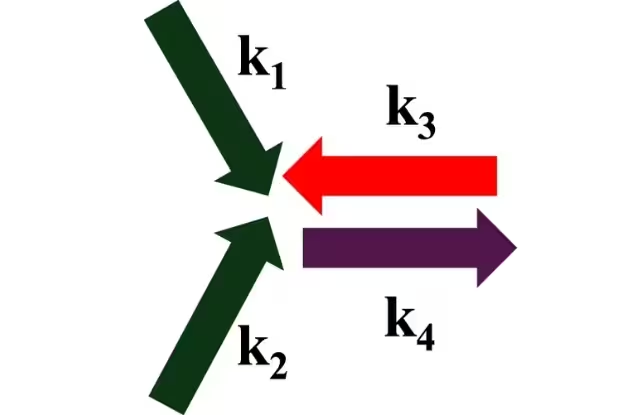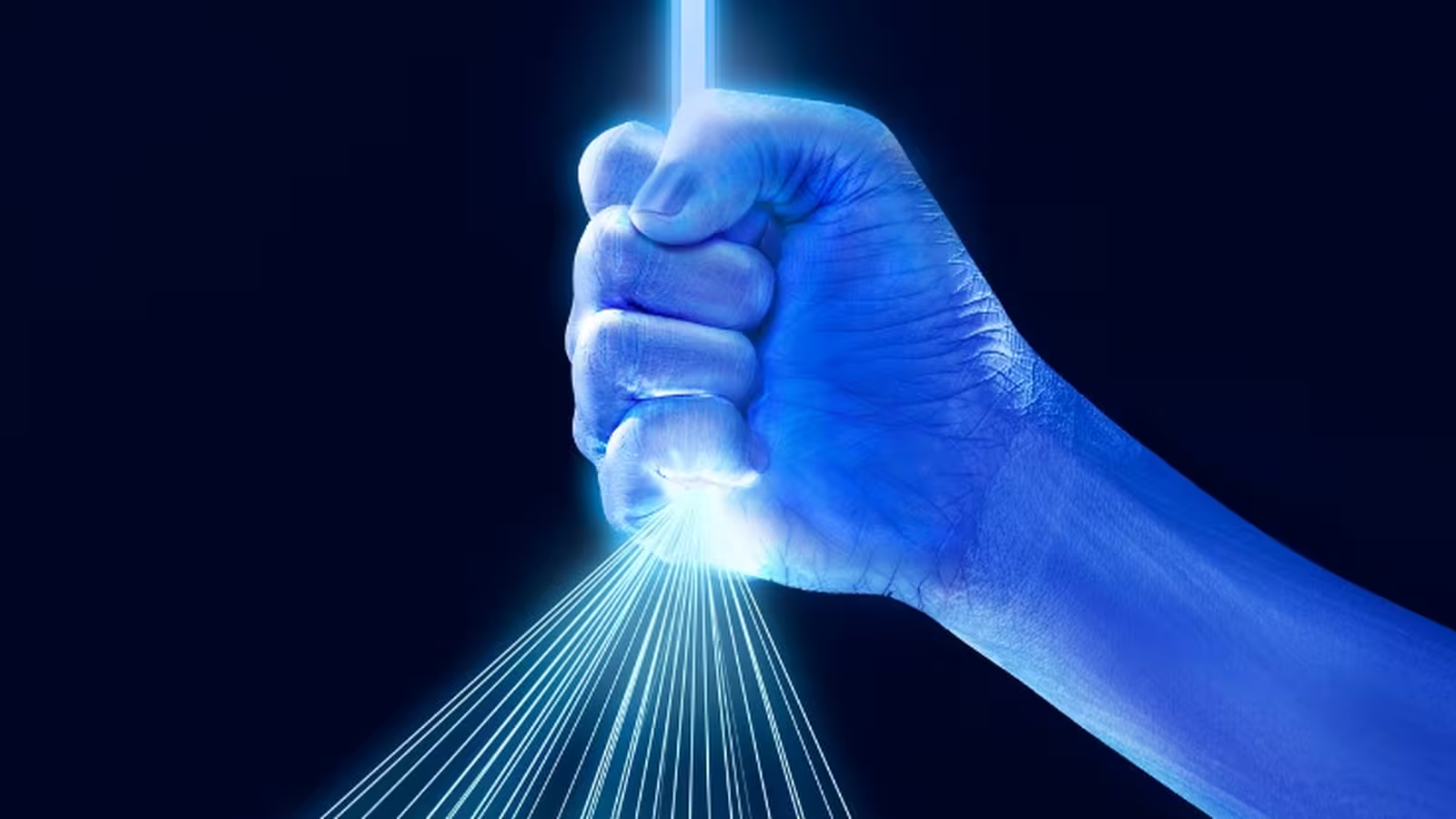4 Minutes
Exploring the Quantum Void: Light Elicited from 'Empty' Space
Scientists have achieved a significant milestone in quantum physics by demonstrating, through sophisticated computer simulations, the possibility of generating actual light from a vacuum using immensely powerful lasers. This research, conducted by collaborative teams from the University of Oxford and the University of Lisbon, introduces new insights into how light and matter can arise from what appears to be complete nothingness, challenging our fundamental understanding of quantum electrodynamics (QED).
Scientific Context: The Quantum Nature of Empty Space
Traditionally, vacuum is thought of as pure emptiness. However, quantum field theory reveals that empty space is far from barren—it is a dynamic sea teeming with fleeting 'virtual particles' that briefly emerge and vanish. These quantum fluctuations are the result of energy fields that underpin all interactions in the universe, including the electromagnetic field central to light and photon behavior. Physicists have long hypothesized that under extreme conditions, these virtual particles can be cajoled into creating tangible phenomena, such as real photons.
Simulating the Impossible: Harnessing Ultra-Intense Lasers
To explore this phenomenon, the research teams employed a semi-classical equation solver—a numerical tool capable of simulating quantum effects in three dimensions and real time. Their models focused on what might happen when three precisely aligned, ultra-high-power laser pulses—each delivering petawatts of energy within tiny fractions of a second—collide in a vacuum. The simulations predicted a process called four-wave mixing: the orchestration of three laser beams creates a sufficiently strong electromagnetic field that alters the quantum vacuum, forcing virtual photons to materialize as a very real and detectable fourth beam of light.
"This is not just an academic curiosity—it is a major step toward experimental confirmation of quantum effects that, until now, have mostly been theoretical," commented Professor Peter Norreys, a physicist at Oxford and leading member of the research team. These findings elevate longstanding theories to a new, tangible level, suggesting that quantum signatures once considered unobservable may soon enter the realm of laboratory science.

Four-Wave Mixing and Photon-Photon Scattering: Unlocking New Physics
The critical phenomenon at the heart of this research is photon-photon scattering through four-wave mixing. In standard conditions, photons—particles of light—don’t interact with one another. However, quantum electrodynamics predicts that with sufficient energy, such as the electromagnetic polarization produced by the merging of intense lasers, photons can scatter off each other. For decades, scientists have sought to observe this effect directly, but experimental verification has remained elusive.
Lead author Zixin Zhang explained, "By applying our model to a three-beam scattering experiment, we were able to capture the full range of quantum signatures, along with detailed insights into the interaction region and key time scales." The simulations not only reinforce theoretical expectations but also provide precise parameters for future experiments—potentially paving the way for experimental breakthroughs in quantum optics and vacuum physics.
Current Frontiers and Future Prospects in High-Power Laser Experiments
Although the current results are based purely on simulation, the rise of next-generation laser technology heralds an exciting era for quantum experimentation. The Extreme Light Infrastructure (ELI) in Romania presently houses the most advanced high-power lasers, already achieving average powers of 10 petawatts in ultrashort bursts. Meanwhile, the University of Rochester’s EP-OPAL project in the United States is working towards beams delivering 25 petawatts, specifically aiming to conduct photon-photon scattering experiments. In China, the Shanghai High repetition rate X-ray Free Electron Laser and Extreme Light Facility (SHINE) is ambitiously targeting a record-breaking 100 petawatts using free-electron laser technology.
What sets these efforts apart is their reliance on pure photon beams to generate the intense electromagnetic fields required, minimizing background noise from other particles. Such clean setups could provide the clearest possible evidence of light being spontaneously generated from a vacuum, effectively proving that something can emerge from what was long considered nothing.
Conclusion
This groundbreaking simulation gives unprecedented clarity to a remarkable quantum prediction: light can be created from the vacuum by the interplay of powerful lasers, turning theory into a testable scientific frontier. As global laser facilities race toward higher powers and more ambitious experiments, the prospect of directly witnessing light emerge from the quantum void is moving from science fiction to scientific reality—forever changing our understanding of space, energy, and the fabric of the universe.
Source: doi



Comments